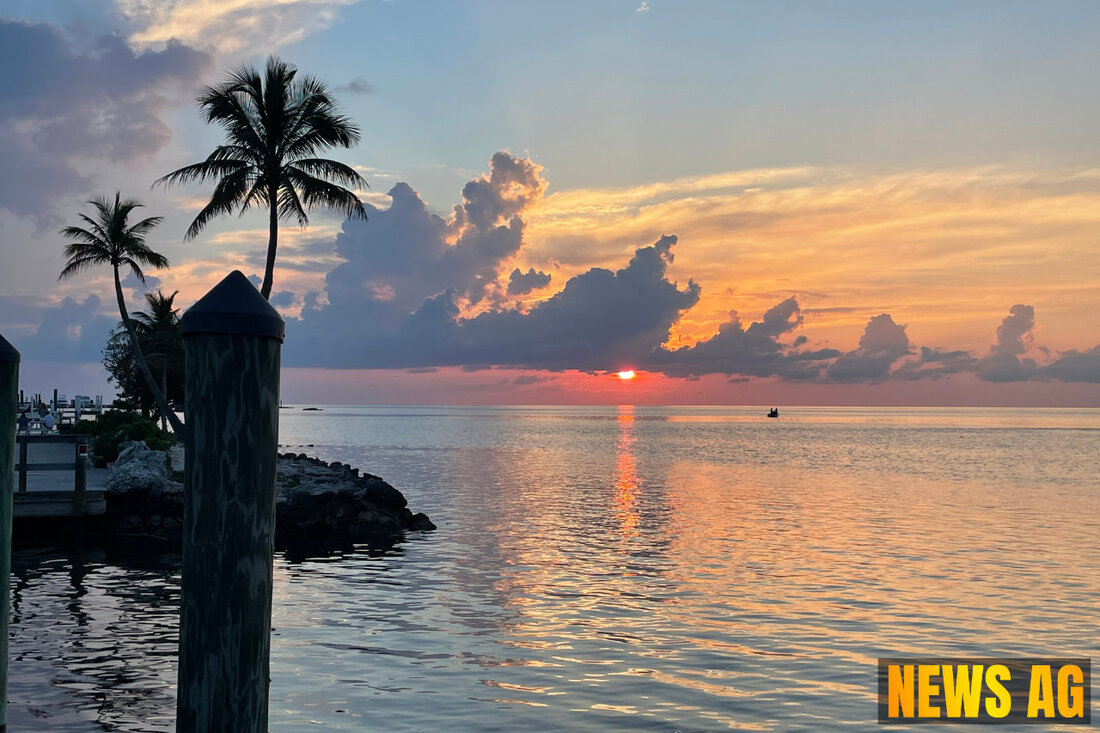Marion County Pushes for Urgent Weather Radar Coverage Amid Safety Risks
Marion County commissioners urge lawmakers to address weather radar gaps, enhancing safety for over 8 million Floridians.

Marion County Pushes for Urgent Weather Radar Coverage Amid Safety Risks
Marion County is in the midst of a pressing issue that has caught the attention of local commissioners, who are reaching out to state lawmakers to bridge a significant weather radar coverage gap. Commission Chair Kathy Bryant recently penned a letter to state Senator Nick DiCeglie, urging him to explore funding options for supplemental weather radar services in areas that are currently underserved.
What’s particularly concerning is that severe weather occurring below 8,000 feet can sometimes slip under the radar—literally. Due to the curvature of the Earth, regions located far from the National Weather Service (NWS) radars often remain vulnerable during dangerous weather events. This was starkly illustrated in April 2021 when a tornado devastated Ocala, leaving residents without any official warning due to the existing radar coverage limitations. As Bryant emphasized, the need for a more reliable radar system is urgent, especially for the safety of over 8 million Floridians.
The Call for Better Infrastructure
As part of her push for action, Bryant highlighted the NWS plan to modernize its radar technology by 2040. However, waiting nearly two decades is not an option for communities that experience the brunt of Florida’s unpredictable weather. With the NWS constantly updating information, as noted on the NWS Radar site, residents have access to real-time data that can help them prepare for imminent storms. The ability to view current weather alerts and forecasts ensures that local citizens stay informed.
Yet, without adequate coverage, there’s an ongoing concern that these tools might not effectively serve all communities. The NWS site features a national radar mosaic, which combines data from various radar stations. While this is beneficial, areas lacking proper radar infrastructure continue to be at a disadvantage when severe weather approaches.
Innovations in Radar Technology
The good news is that advancements in radar technology are on the horizon. The Phased Array Radar (PAR) project is exploring modern methodologies to enhance weather surveillance. Traditional weather radars often rotate and tilt to capture atmospheric data, but phased array radars utilize a stationary flat panel antenna that can electronically steer their radar beam. This means more precise tracking of storm systems and faster updates, ultimately improving the accuracy of severe weather warnings.
According to information from NSSL, the ability to rapidly update radar scans improves forecasters‘ capabilities to respond to changing storm conditions, which is crucial for communities like Marion County. Enhanced weather capabilities could lead to reduced false alarms and more reliable alerts, providing peace of mind to residents during unpredictable weather events.
The PAR project promises not only to transform how meteorological data is collected and interpreted but also to generate substantial savings—an estimated $4.8 billion over its lifecycle, benefiting taxpayers while enhancing safety. Such innovations could greatly improve the tracking of extreme weather phenomena, such as tornadoes and flash floods, proving invaluable not just to citizens, but to aviation and transportation systems as well.
As the situation unfolds, local officials and residents alike are hopeful for a timely resolution. Filling the radar coverage gap in Marion County could very well save lives and protect property, reinforcing the need for state lawmakers to act decisively. When it comes to weather safety, it’s clear that a proactive approach speaks volumes, and there’s something to be said for being prepared.


 Suche
Suche